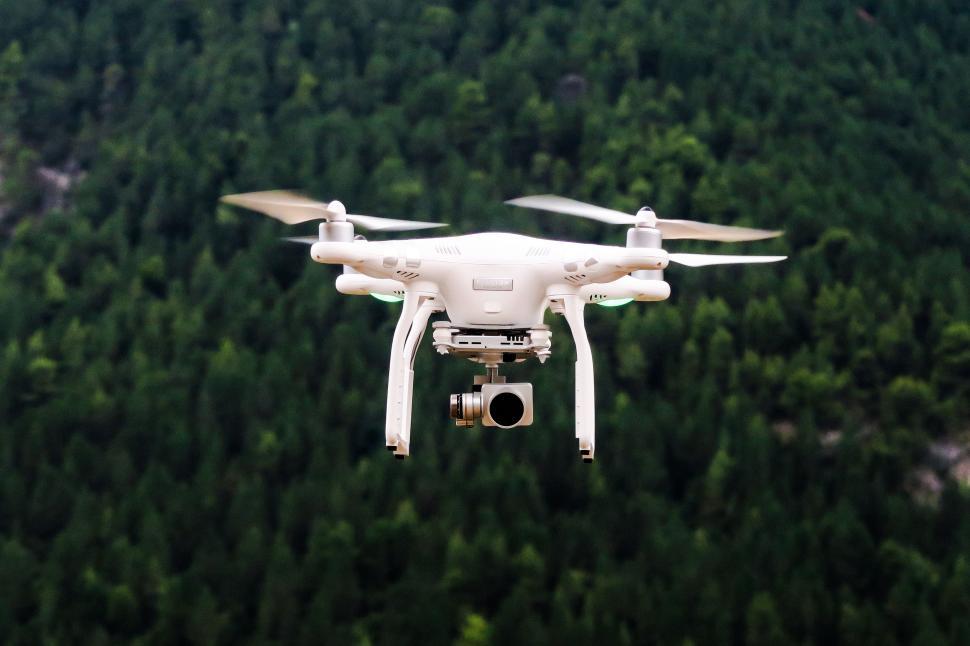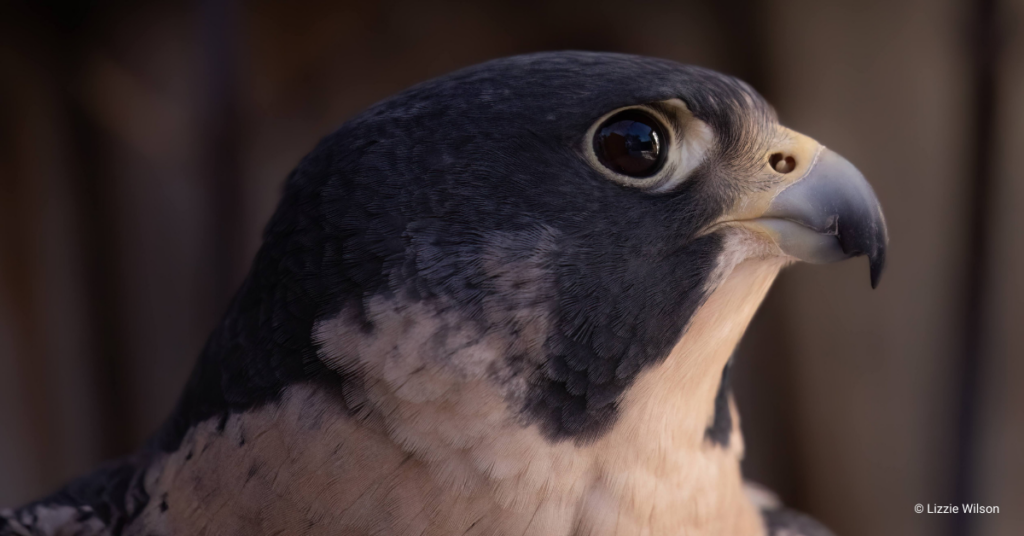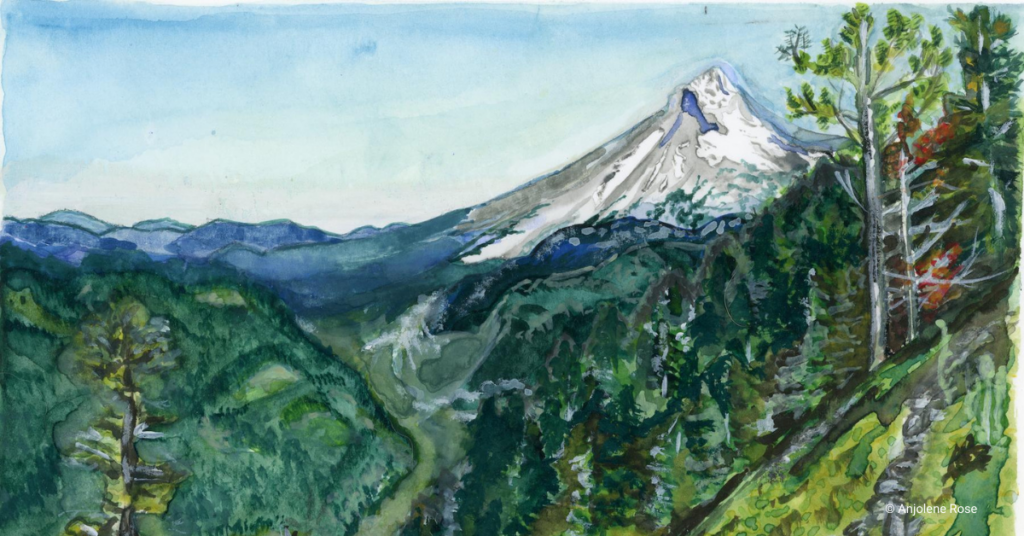Lately, we’ve been receiving a lot of questions asking about the possible impact of drones on raptors. Dr. Steve Slater, our Conservation Science Director, and confessed drone enthusiast, has provided his take below.
The answer to whether or not drones are a threat to raptors is not a simple one. A number of recent publications highlight the benefits of drones for avian research—from counting seabirds more accurately, to lowering a mic into a dense forest to record the presence of songbirds, to conducting vegetation and topography mapping more accurately. And here at HawkWatch International, we have used drones as part of our Golden Eagle nest monitoring with Dugway Proving Ground. Golden Eagles are cliff-nesting birds, which often make them difficult to study. Drones provide one solution.

However, there have been published reports of aggressive reactions to drones from eagles, Osprey, Red-tailed Hawks, and more. And then there are high-profile incidents like the Bald Eagle in Michigan that attacked a government drone that ended up in the lake. Captive Bald Eagles have even been trained to take out unauthorized drones! With this evidence, we can assume that raptors generally view drones as threats, to the point of inciting them to attack, possibly resulting in injury.
In our opinion, it is safe to assume that drones will disturb birds in similar ways as other human activities. Just like rock climbing, recreational shooting, or off-roading, drone flying is likely to cause unintended havoc for raptors if not done responsibly. On the flip side, their use for research can increase survey accuracy, efficiency, and human safety (aerial survey accidents are the leading cause of death for wildlife biologists).
In summary, drones are like so many other things humans have created: they can be a useful tool, they can be fun, but inconsiderate use of them, or use of them without really assessing the risks, can lead to problems. Next time you fly your drone do your homework. Check to make sure it is legal to fly your drone in wild spaces (they are forbidden or require special permitting in state and national parks, wilderness areas, and nature preserves). Be considerate of both your fellow humans and wildlife when flying, and be prepared to land quickly if an issue arises.
This blog was written by Dr. Steve Slater, HWI’s Conservation Science Director. You can learn more about Steve here.



